So. The biggest week of the year is upon us. And how fitting that we have our biggest issue of the year.
It’s fashionable to publish lists at this time of year. Well, we have over 100, along with superb insights, our top product launches, our favourite ad campaigns, and a review of this incredible year’s key events.
So what are the take homes? It’s a war out there, with blood on the carpet and lots of casualties. But our survey, and this issue more generally, also highlights some real heroes, shining lights, triumphs over adversity, Bulldog spirit. And we’ll be sure to seek out more success stories, and focus on growth opportunities, in 2015.
For while bad news is always good news in the sense that it makes for compelling reading, it’s been distressing too. The Grocer will therefore work hard to identify growth stories, and to spot dangers. At the same time we will continue to defend the industry, as William Reed wrote in outlining The Grocer’s mission 153 years ago, against “all indiscriminate onslaughts made on the trade by conceited ignorance or, may be, from interested motives.”
“There have been no shortage of indiscriminate onslaughts on the grocery trade and none more so than in the other war that’s raged in 2014: the war on sugar”
There have certainly been no shortage of “indiscriminate onslaughts” - and none more so than in the other war that’s raged in this industry in 2014: the war on sugar (p31). As our Top Products Survey shows, that conflict had a profound impact but not necessarily as intended. That’s because the war waged by NGOs, the health lobby, diet-book authors, politicians and the media has not only been sustained and often vicious, it’s been obsessively and bizarrely focused on fruit juice - even fruit itself has been a target - on the basis that it contains, er, sugar.
With juices and smoothies the biggest casualty of the war on sugar, is it any wonder suppliers are planning a fightback? In the meantime, while some carbonates brands (Coca-Cola in particular) have been hit, fizzy drinks, and other highly calorific categories such as sports and energy drinks, alcoholic drinks, not to mention bagged snacks and sugar confectionery, have been barely affected at all.
It’s true juices and smoothies are high in sugar, but fructose is natural, and other positive nutrients (and often fibre) are present too. And crucially, as a National Diet and Nutrition Survey found, fruit juice is not a significant cause of obesity. Fruit juice came 13th and accounted for just 3.3% of total carbohydrate intake. This compares with 12.6% for white bread, 10.4% for soft drinks, 6.9% for chips, 4.7% for pasta, 4.5% for biscuits and 4% for non-high-fibre breakfast cereals.
Of course, water is a better solution for hydration, so it’s pleasing to report that sales of bottled water grew for the fifth consecutive year. But it’s not a fair comparison. And seeing so many children drinking (often 500ml) canned energy drinks for breakfast should put the problem in perspective.
Anyway, I hope this issue provides you with both food for thought and light relief in the run-up to Christmas. Indeed, we hope there’s enough great reading in this issue to keep you going till we publish our next issue on 9 January (though of course we’ll still be posting stories on thegrocer.co.uk until 23 December, and from 2 January). In the meantime, as I sign off, I’d like to wish all readers of The Grocer a very happy Christmas, and a healthy and prosperous new year.




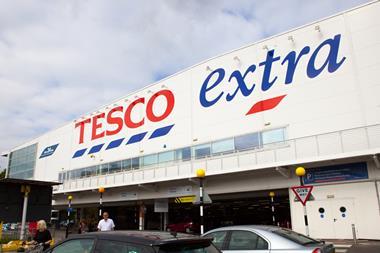

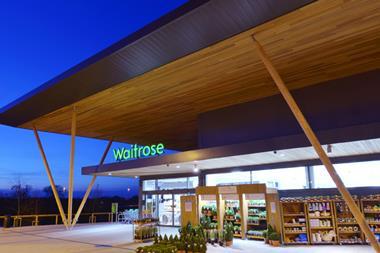
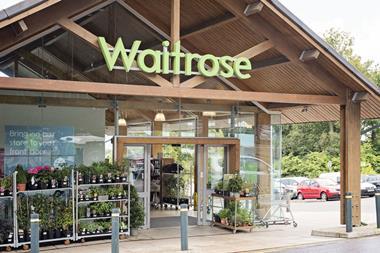
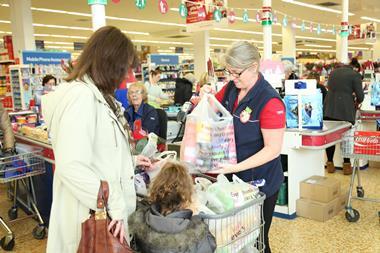
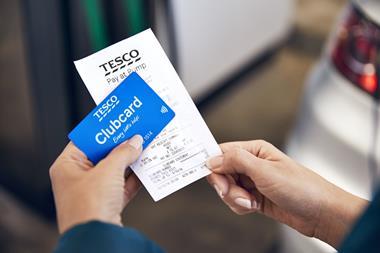
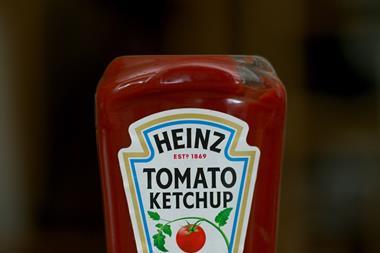
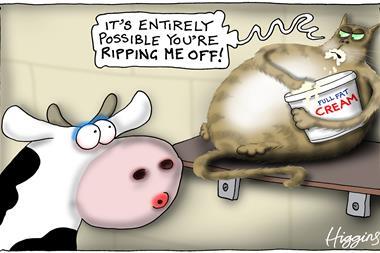
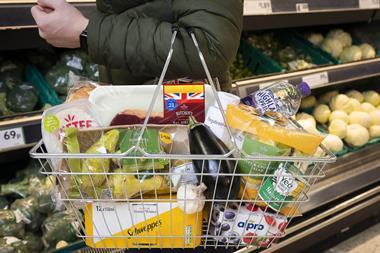

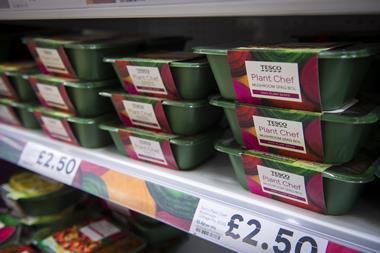
No comments yet